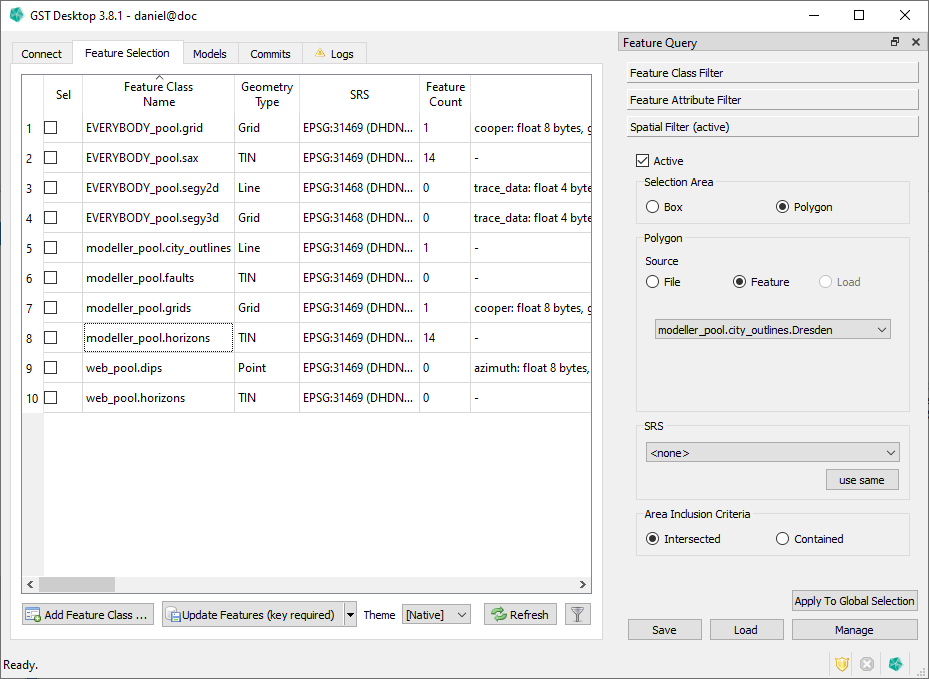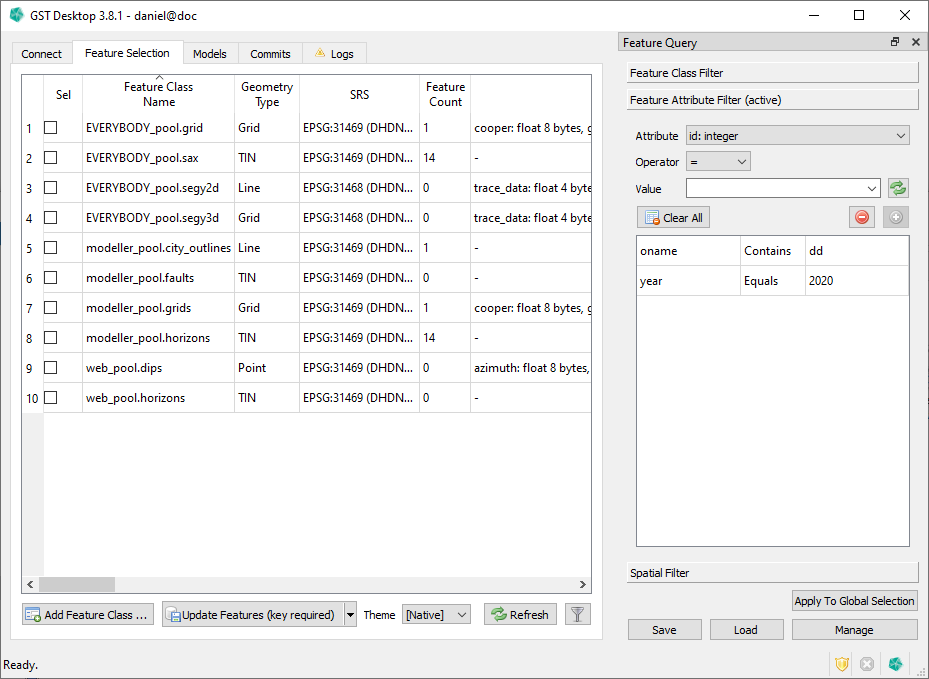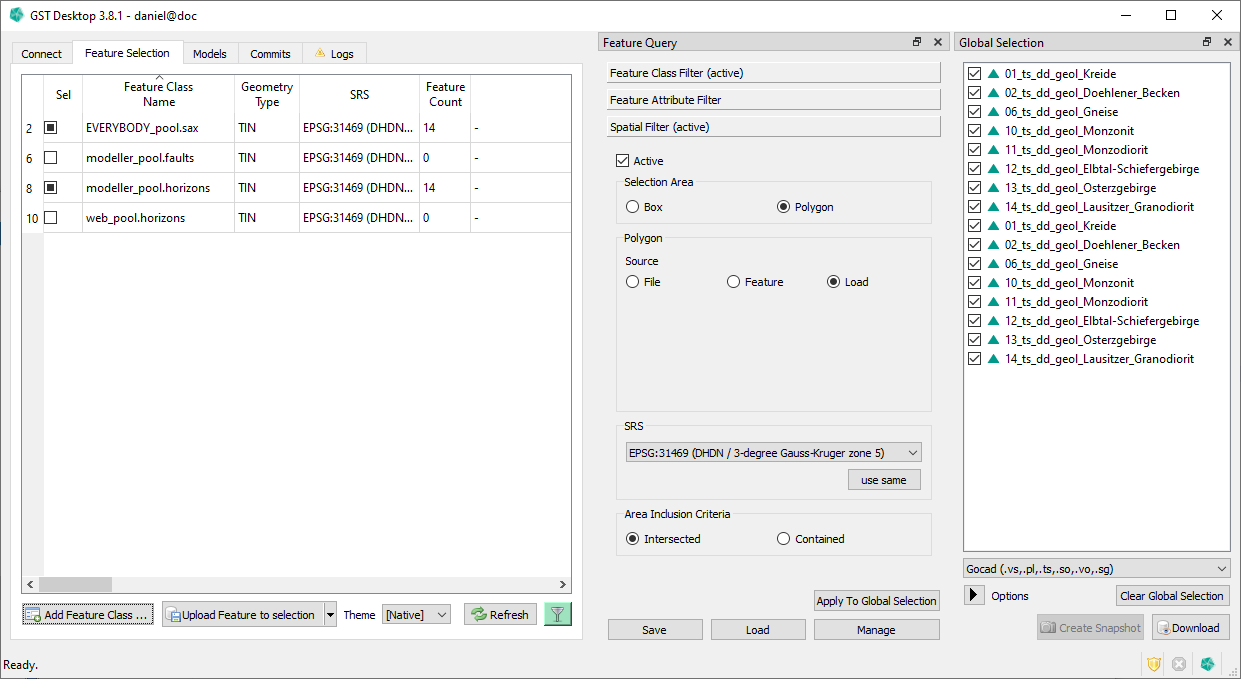Release of 3.9
März 14, 2022 9:54 a.m.Welcome to the release 3.9 of GST. This release marks the traditional cut with all development of the past year, 2021. Most of the development concentrated on improvement and extension of existing functionality. But there were also new features introduced: The query pane, feature attribute history and a shapefile and geopackage import.
Furthermore small tweaks have been made to how small scale models are being handled and, as usual, a couple of bugs have been eliminated under the hood. Have a look at this blog post to learn more about each individual feature or let us know what you think about these changes on Twitter @GiGaInfosystems or send us an email (support@giga-infosystems.com) or use our contact form.
If you would like to try it out, we invite you to head over to our Demo at https://demo.giga-infosystems.com.
GST Web: The Rewrite
We have completely overhauled GST Web completely. With the Rewrite we made sure that GST Web is future proof for another period of the best in class 3d model viewer.
GST Web now allows an overall better performance in many areas:
- the model tree
- the 3d scene
- general display.
By having now more control of the actual scene we will make even more sure that you will see what you expect in the best quality while ensuring to use a little bandwidth as possible. If you want to dive more into the single parts that have been renewed and how they have been improved make sure to checkout this presentation of Jonas and Johannes.
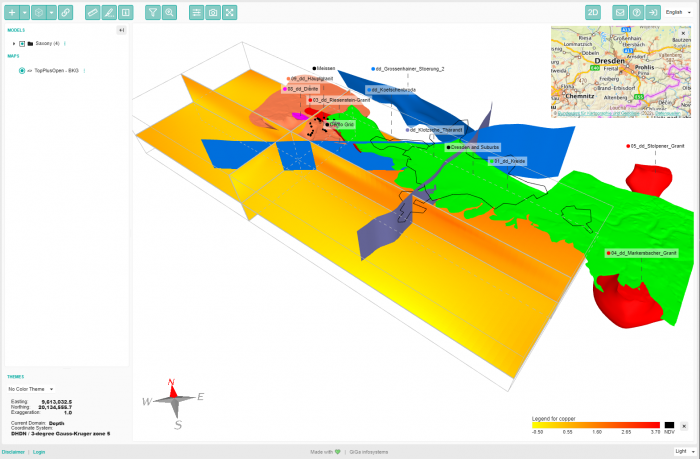
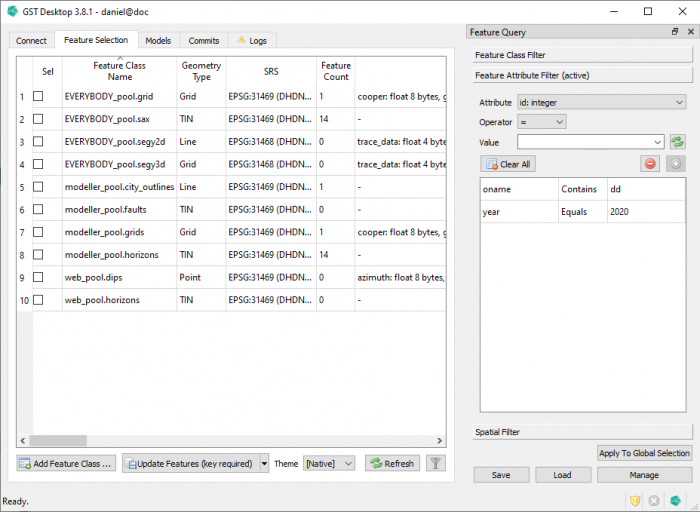
GST Desktop query pane
The new GST Desktop query pane has been introduced. With that it unifies the layout to filter feature classes and features according owner, name and other attributes and even spatially. Moreover the pane allows storage and loading of stored queries.
The query pane supports you in the guidance when creating the queries. It also updates the feature class view on the fly. You then can select single features which satisfy your conditions and either download them, organize them in new and different models or create a snapshot of the selected features.
Extended Model Management Tree
Until now GST was fixed with the levels in the model management tree. You could have up to 4 levels of nesting. This limit has now been removed and models can be arbitrarily deep.
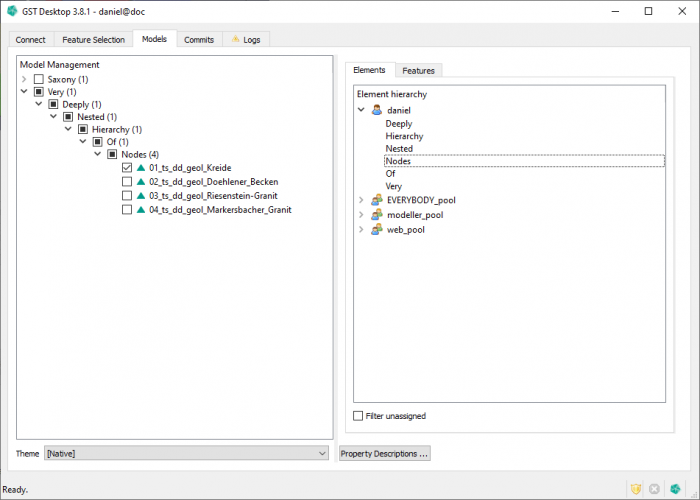
This gives you the possibility to adjust the tree more to your likening and needs.
Polygon Support
GST now support complex polygons to checkout features in a particular area of interest. Complex polygons may define multiple areas at once and also allow for holes in them.
Naturally the safe areas are supported for these kind of polygons as well, allowing you to use the integrity checks of GST when editing your features.
The following screenshots showcase the usage of complex polygons in two different scenarios with and without safe areas for updates.
Scenario #1
Here two individual polygons describe the area that is to be loaded. With the new functionality this can be done in one step. The second image shows the result of this spatial filter. The third and fourth image show how these polygons could be used to update the geometry by applying a safe area around the original polygons acting as buffer zones. In this case, only the blue area in the middle can be manipulated while the red zone is required to stay the same.
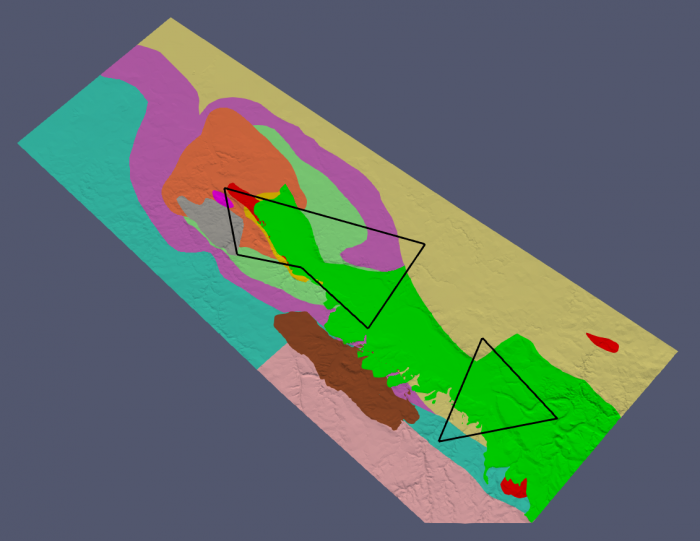
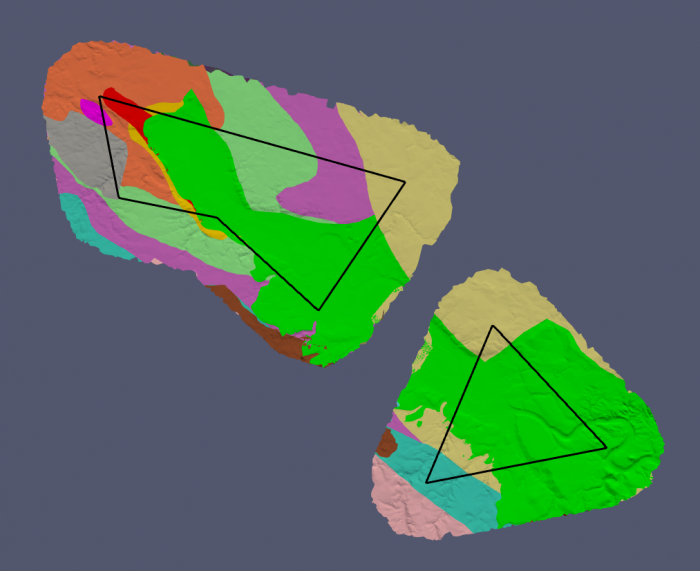
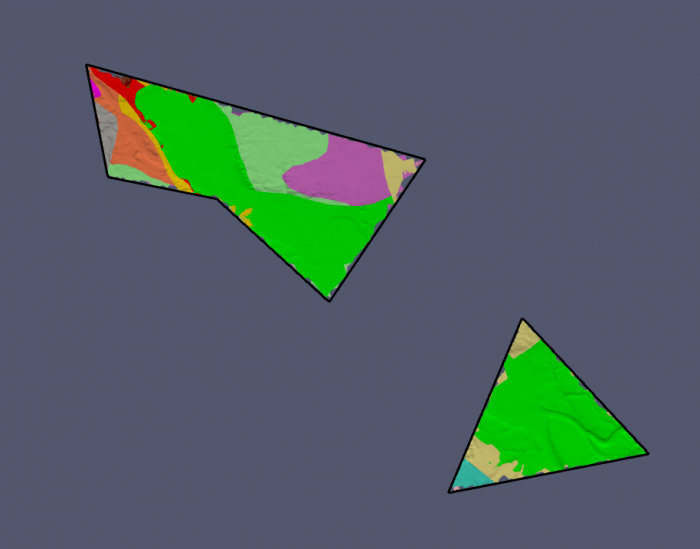
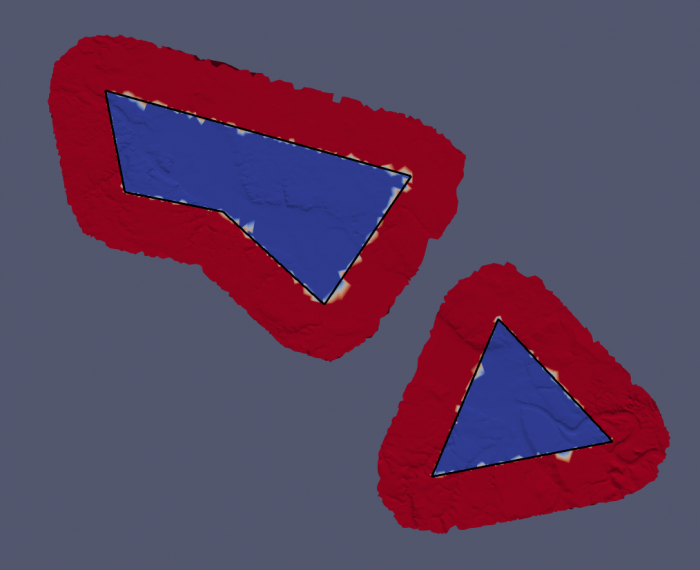
Scenario #2
Using similar polygons compared with scenario #1, this example inverses the spatial filter by simply adding a third polygon (a box) that encompasses the previously used areas completely. This means that any inside and outside relations are now switched and the polygons now describe holes within the box. This is visualized by the second image. The third and fourth image again shows the use case with a spatial buffer around the queried area. Note that in this scenario the holes will always be fully treated as safe areas, no matter how large the buffer zone should be. Only changes to the blue area are allowed.
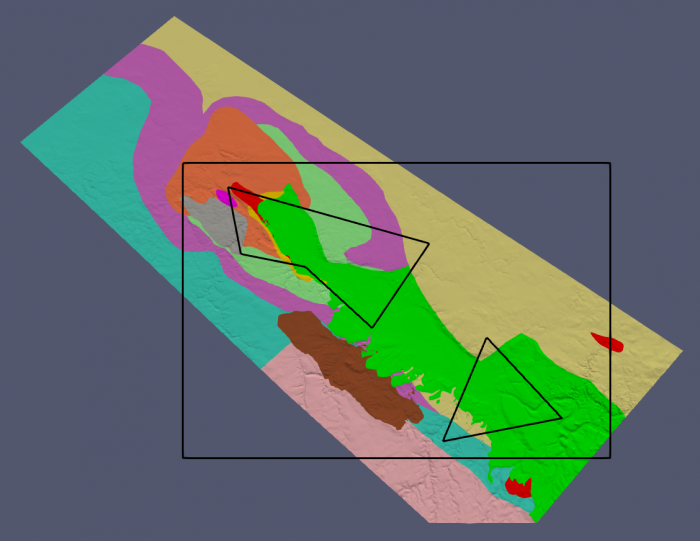
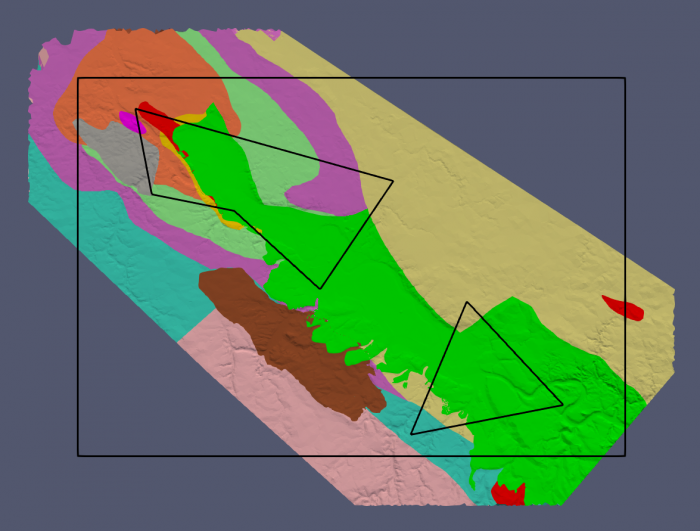
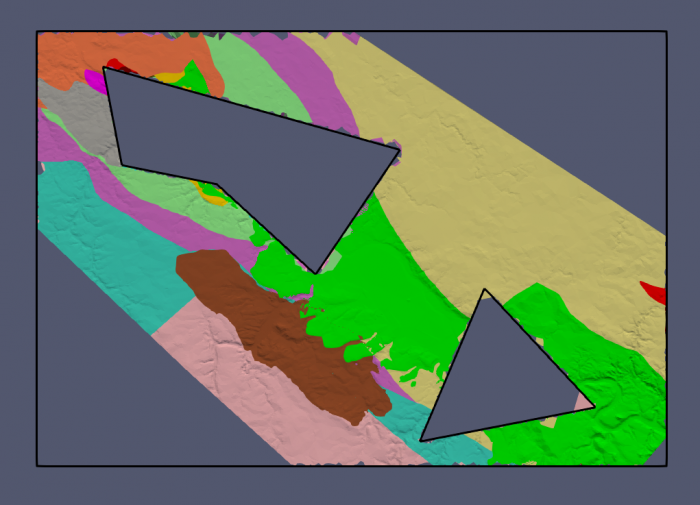

Feature Attribute History
Additionally to the usual feature commit history, feature attributes are now versioned as well. Whenever a user changes a feature attribute, a record of this change will be made. Subsequently, users are able to check who changed a value at which time and are also able to revert to previous values.

Shapefile/Geopackage import
With GST 3.9 you now can import lines and points directly from your shapefiles or if you have geopackages.
More Changes
- as usual performance improvements
- small scale model improvements (e.g. buildings, mines)
- option to flip coordinates for OBJ imports

